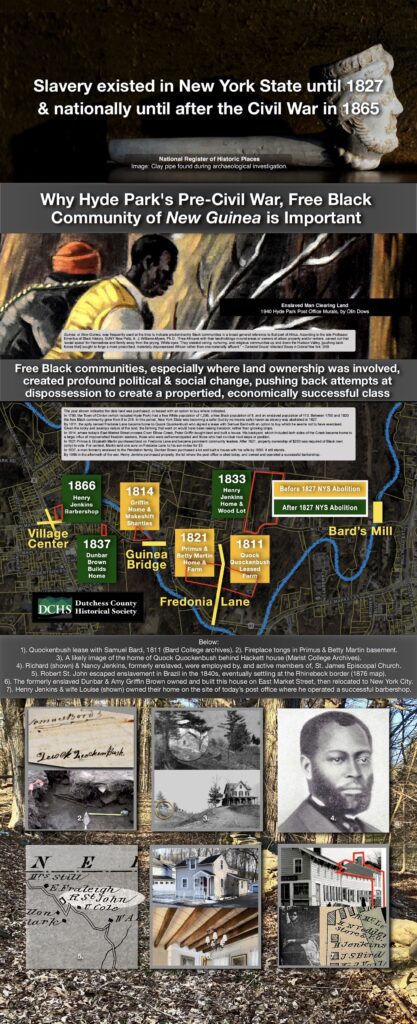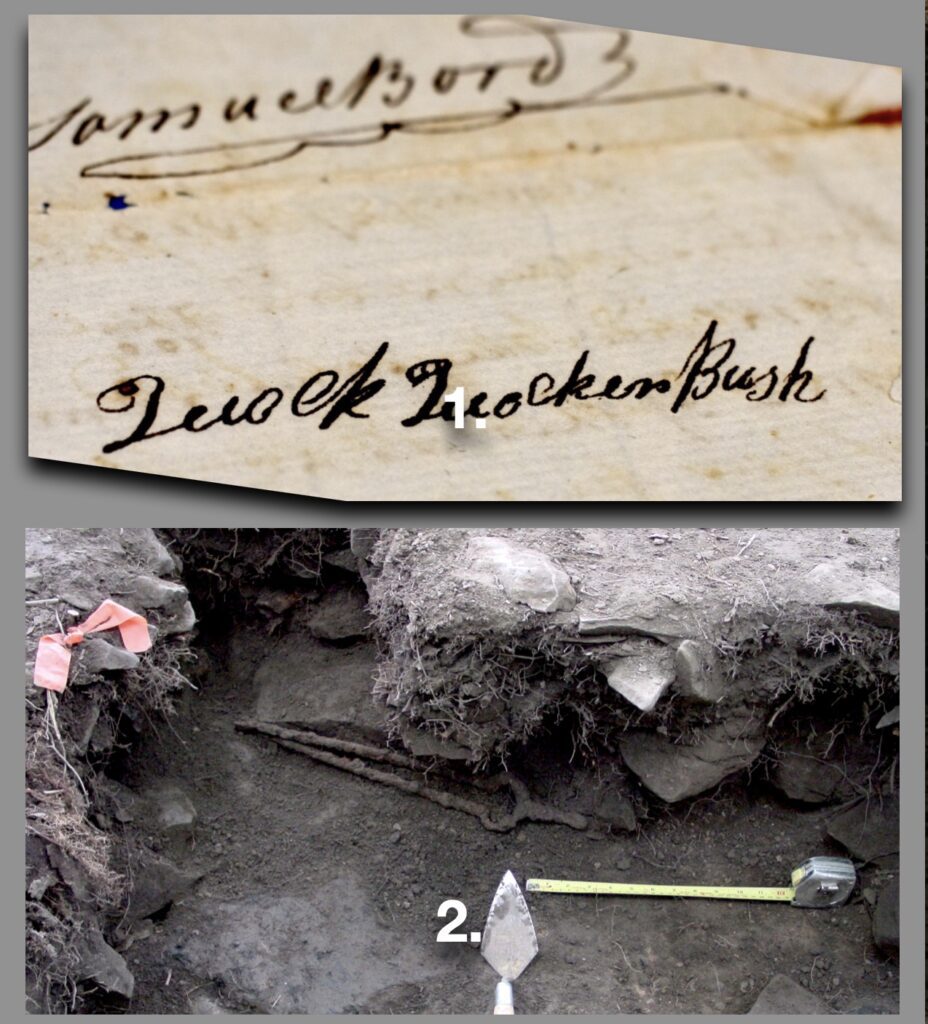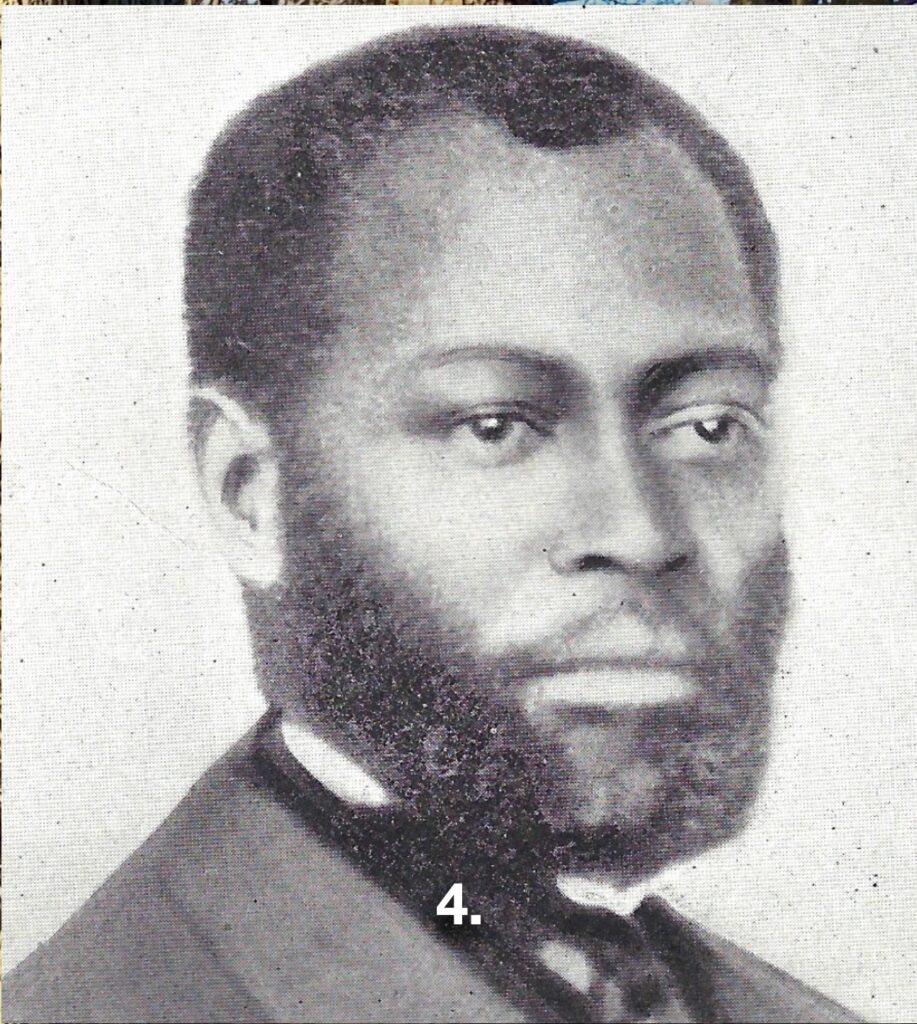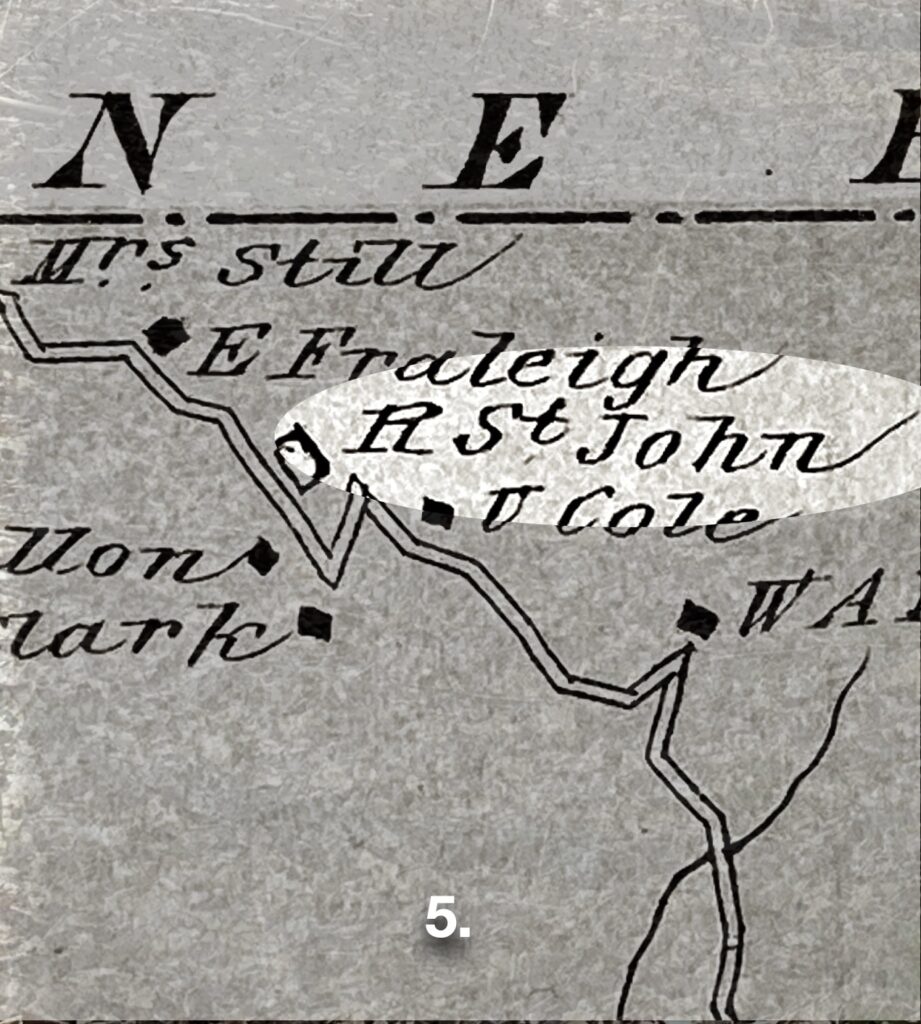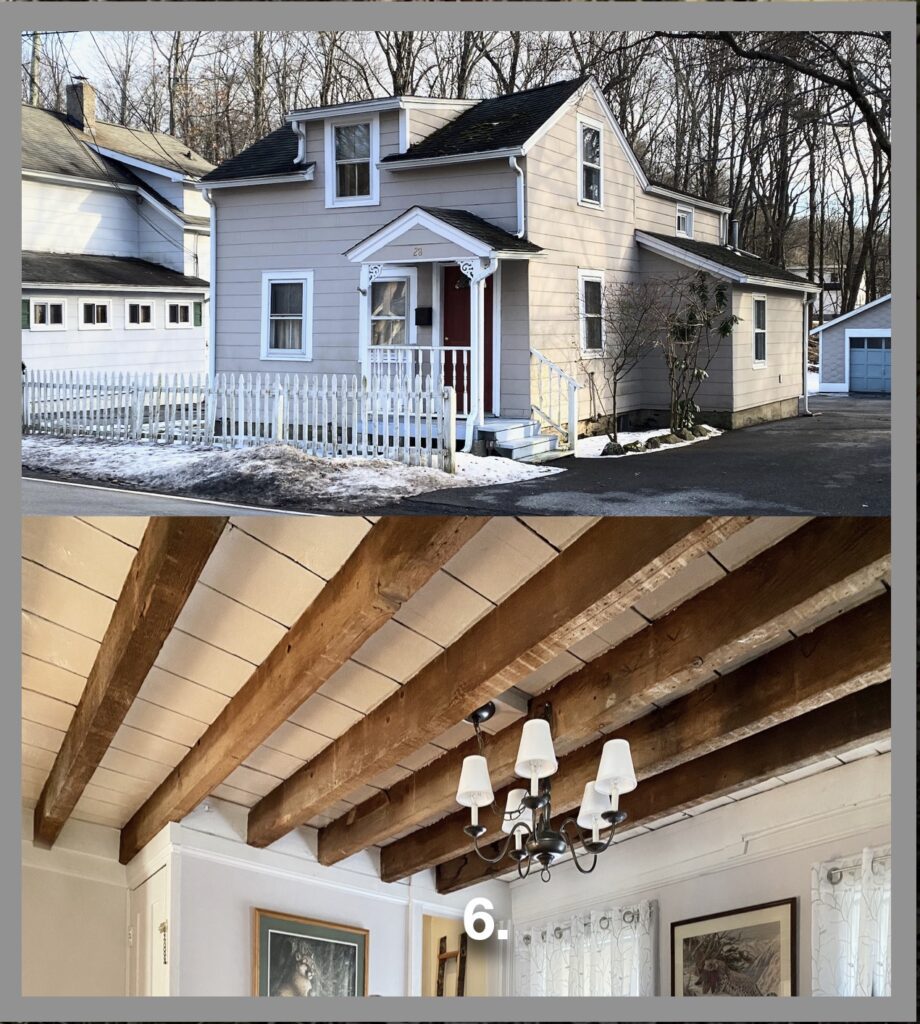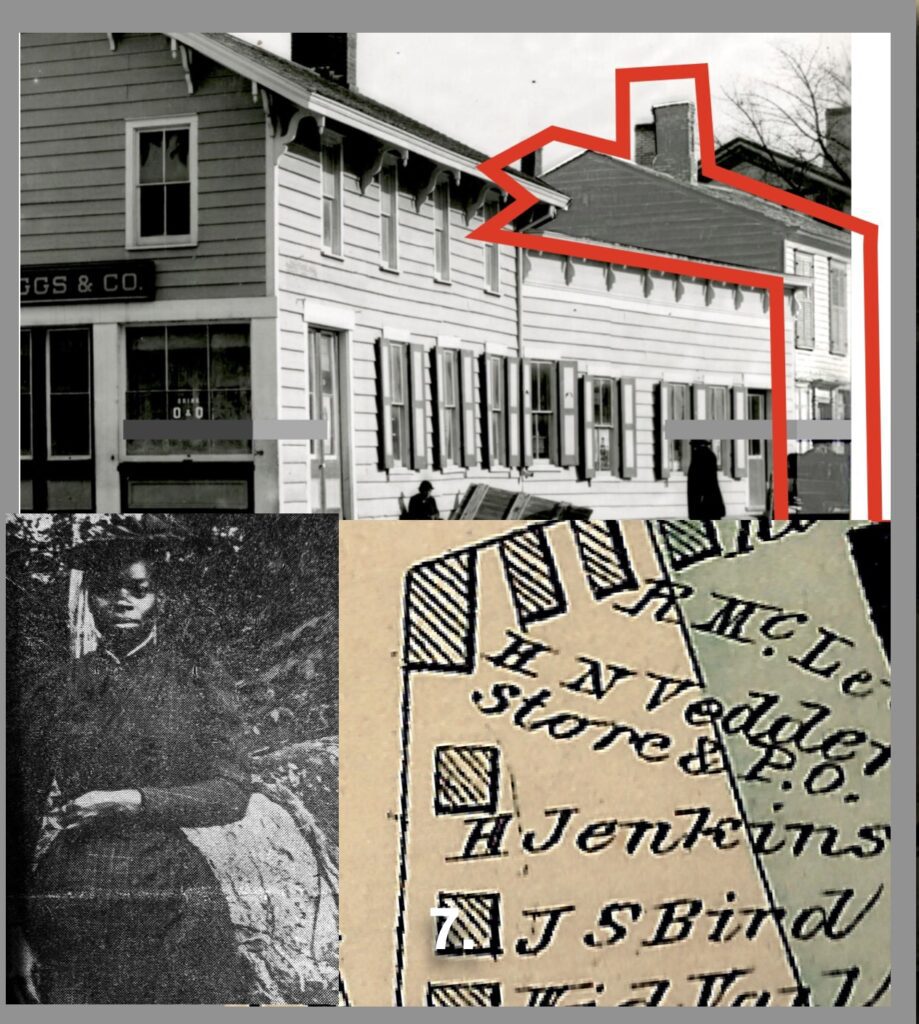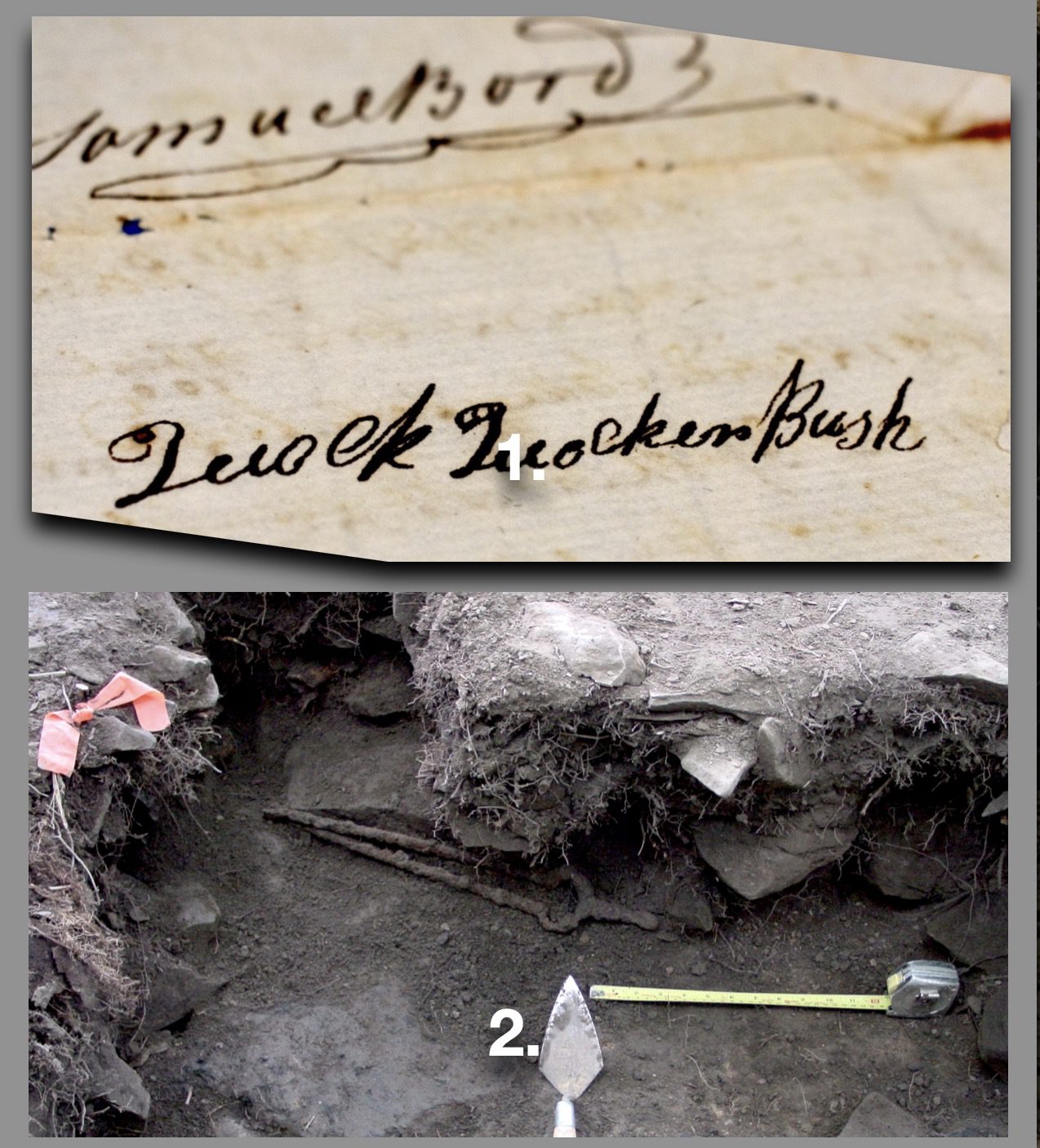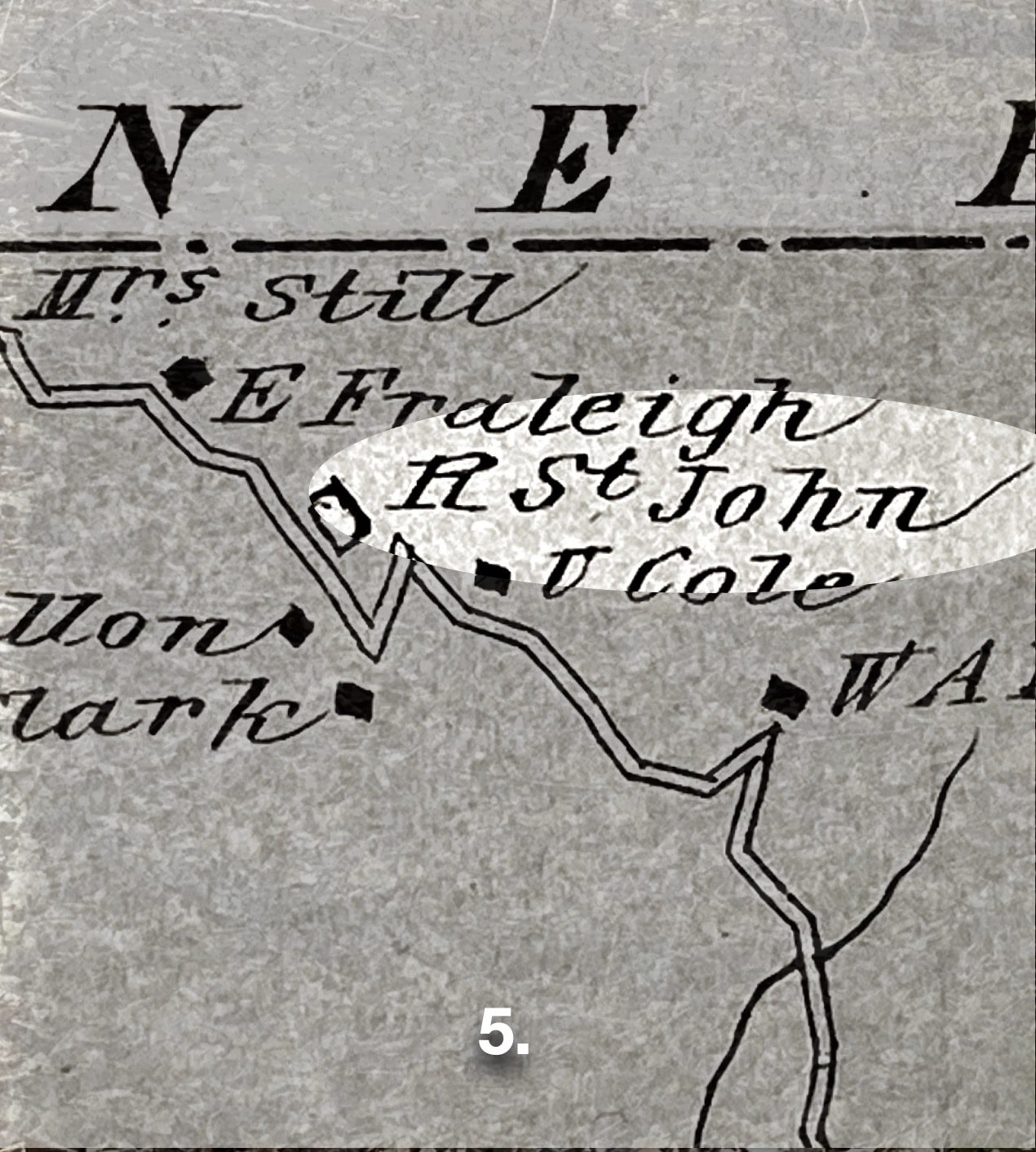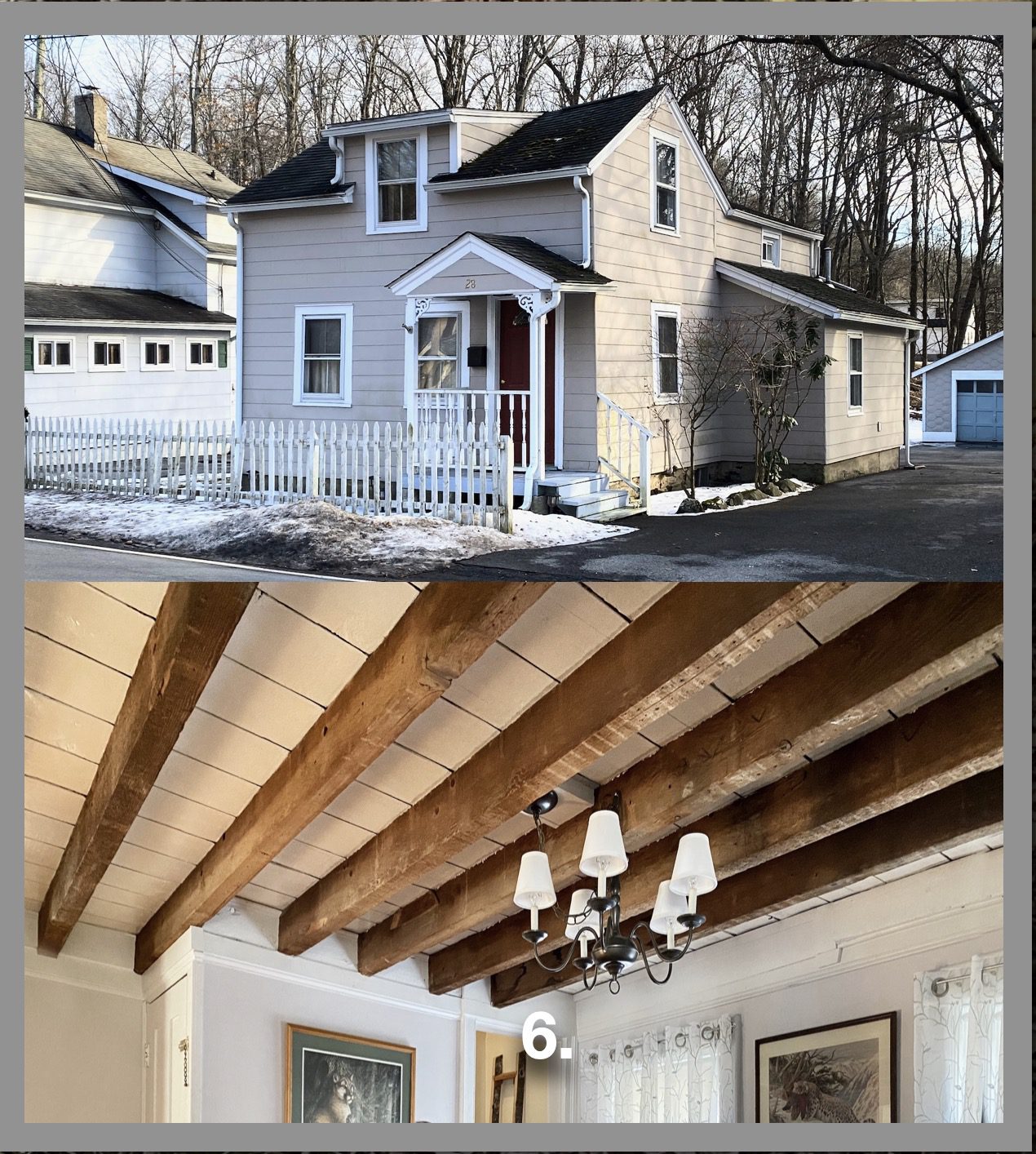DCHS offers educational banners to schools and libraries at nominal or no cost:
One of the ways DCHS brings local history to the community is through traveling exhibitions. For example, DCHS offers an 11-panel series on local involvement in World War One, among other teaching aids.


Announcing our newest addition, now available:
Hyde Park’s New Guinea Community
The New Guinea site offers relevant lessons of national importance
DCHS has just completed a six-foot banner on the topic of Hyde Park’s New Guinea Community site, listed on the National Register of Historic Places. The text on the banner can be read below.
An additional teaching aid is a 50-minute video documentary, Bright Spark in Freedom’s Pursuit. Contact Bill Jeffway for more information.
Why this Pre-Civil War, Free Black
Community is So Important
Slavery existed in New York State until 1827 & nationally until after the end of the Civil War in 1865.
Guinea, or New Guinea, was frequently used at the time to indicate predominantly Black communities in a broad general reference to that part of Africa. According to the late Professor Emeritus of Black History, SUNY New Paltz, A. J. Williams-Myers, Ph.D., “Free Africans with their landholdings in rural areas or owners of urban property and/or renters, carved out that ‘social space’ for themselves and family away from the prying, White eyes. They created caring, nurturing, and religious communities up and down the Hudson Valley, [pushing back forces that] sought to forge a more proscribed, materially dispossessed African rather than one materially affluent.” ~ Contested Ground: Hinterland Slavery in Colonial New York, 2009.
Free Black communities, especially where land ownership was involved, created profound political & social change, pushing back attempts at dispossession to create a propertied, economically successful class.
Image below: The year shown indicates the date land was purchased, or leased with an option to buy where indicated.


In 1790, the Town of Clinton (which included Hyde Park) had a free White population of 1,295, a free Black population of 8, and an enslaved population of 113. Between 1790 and 1820 the free Black community grew from 8 to 216. In this period, New York State was becoming a safer (but by no means safe) haven as slavery was abolished in 1827.
By 1811, the aptly named Fredonia Lane became home to Quock Quockenbush who signed a lease with Samuel Bard with an option to buy which he seems not to have exercised. Given the rocky and swampy nature of the land, the farming that went on would have been raising livestock, rather than growing crops.
In 1814, where today’s East Market Street crosses Crum Elbow Creek, Peter Griffin bought land and built a house. His backyard, which included both sides of the Creek became home to a large influx of impoverished freedom seekers, those who were self-emancipated and those who had no clear next steps or position.
In 1821, Primus & Elizabeth Martin purchased land on Fredonia Lane and became prominent community leaders. After 1821, property ownership of $250 was required of Black men (only) to vote. For context, Martin sold one acre on Fredonia Lane to his son-in-law for $3.
In 1837, a man formerly enslaved to the Pendleton family, Dunbar Brown purchased a lot and built a house with his wife by 1850. It still stands.
By 1866, in the aftermath of the war, Henry Jenkins purchased property, the lot where the post office is sited today, and owned and operated a successful barbershop.


